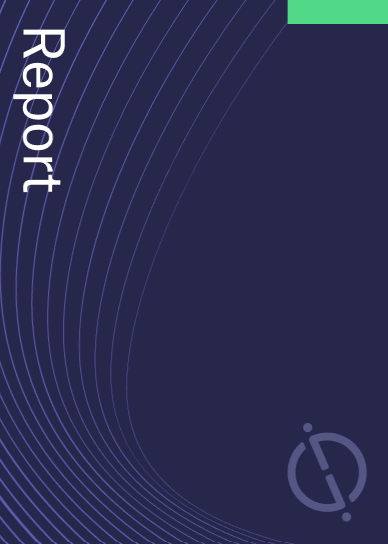Aspen Aerogels has been granted a patent for insulating composite materials that consist of an inorganic aerogel and a melamine foam. The patent also covers the production method and use of these materials. The composite has a thermal conductivity between 10 and 20 mW/m-K, with less than 5% of the volume occupied by macropores. The inorganic aerogel is non-granular and has a continuous three-dimensional porous structure. GlobalData’s report on Aspen Aerogels gives a 360-degree view of the company including its patenting strategy. Buy the report here.

Discover B2B Marketing That Performs
Combine business intelligence and editorial excellence to reach engaged professionals across 36 leading media platforms.
According to GlobalData’s company profile on Aspen Aerogels, Vinyl resin foam was a key innovation area identified from patents. Aspen Aerogels's grant share as of September 2023 was 40%. Grant share is based on the ratio of number of grants to total number of patents.
Insulating composite material with inorganic aerogel and melamine foam
A recently granted patent (Publication Number: US11767671B2) describes a composite material that combines an inorganic aerogel with an open-cell melamine foam. The composite has a thermal conductivity (?) between 10 and 20 mW/m-K, making it an effective insulator. The volume occupied by macropores (pores with a diameter greater than 10 µm) in the composite is less than 5%, indicating a high density and structural integrity. The inorganic aerogel used in the composite has a continuous three-dimensional porous structure and is non-granular.
The patent also outlines a process for producing the composite. It involves casting an inorganic sol in a reactor containing the open-cell melamine foam, followed by gelation of the sol into a lyogel and subsequent drying. The aerogel is formed from an inorganic sol comprising between 5% and 15% by weight of inorganic material.
The composite has specific characteristics, including the presence of macropores with a diameter between 50 and 250 microns, which make up more than 80% of the total number of macropores. The thickness of the composite can range from 2 to 50 nm, and its density falls between 70 kg/m3 and 150 kg/m3. The melamine foam used in the composite has a thickness between 2 and 50 mm, a porosity between 95% and 99.5%, a density between 8.5 and 11.5 kg/m3, and a thermal conductivity between 35 and 40 mW/m-K.
The inorganic aerogel in the composite can be made from various materials, including silica, titanium oxide, manganese oxide, calcium oxide, carbonate calcium, zirconium oxide, or mixtures thereof. Importantly, the composite does not contain any binder or fibrous reinforcing material.
The patent also mentions the potential applications of the composite. It can be used in sandwich panels, multilayer thermal insulation panels, and acoustic insulation. The composite can provide effective thermal and acoustic insulation due to its low thermal conductivity and high density. Additionally, the composite can have a quantity of residual solvent by weight of less than or equal to 3%.
Overall, this granted patent describes a composite material that combines an inorganic aerogel with an open-cell melamine foam, offering excellent thermal and acoustic insulation properties. The composite has a specific structure and composition, making it suitable for various applications in the construction and insulation industries.
To know more about GlobalData’s detailed insights on Aspen Aerogels, buy the report here.
Data Insights
From

The gold standard of business intelligence.
Blending expert knowledge with cutting-edge technology, GlobalData’s unrivalled proprietary data will enable you to decode what’s happening in your market. You can make better informed decisions and gain a future-proof advantage over your competitors.



